Funeral resources & articles
Resource article categories:

Cremation Costs in 2025: How cremation continues to disrupt the Funeral Industry
Cremation News, Funeral Industry, How to Save Money on Funerals
June 2, 2025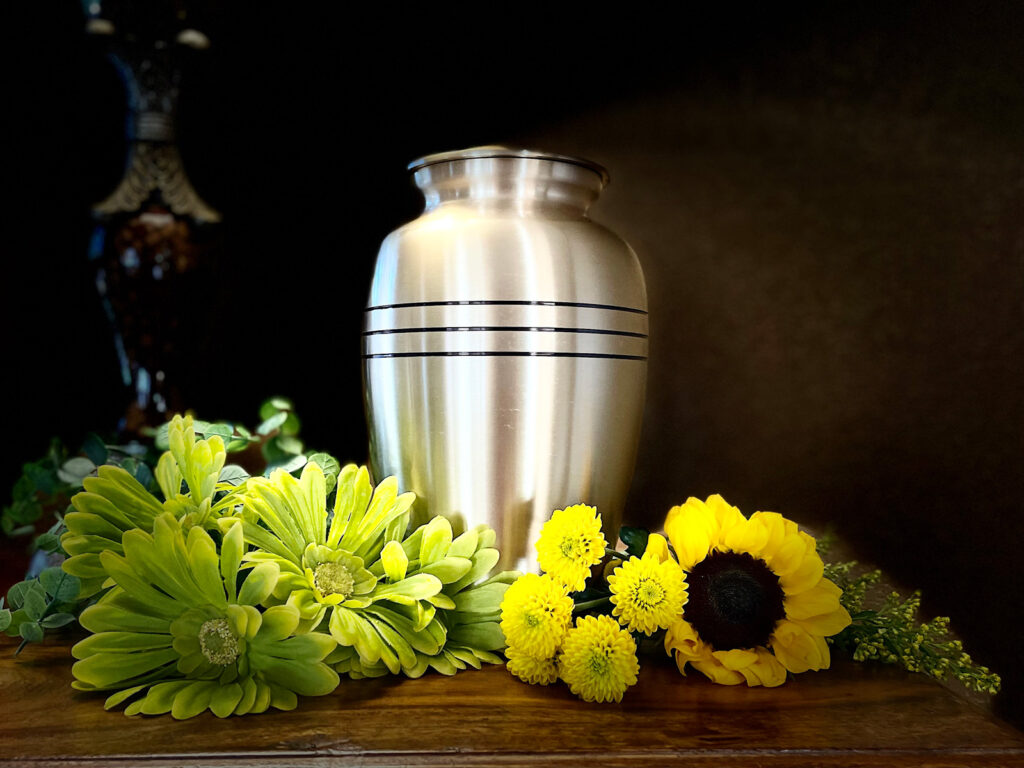
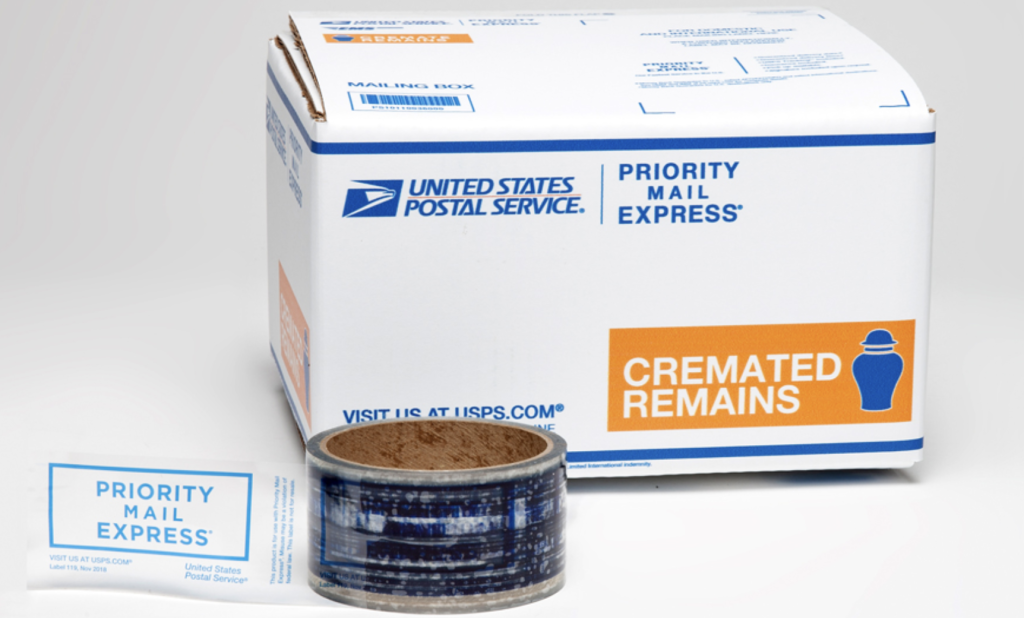

Cremation costs in 2025: How much should you expect to pay for cremation?
Cheap Cremation, Cremation News, Direct Cremation, How to Save Money on Funerals
January 10, 2025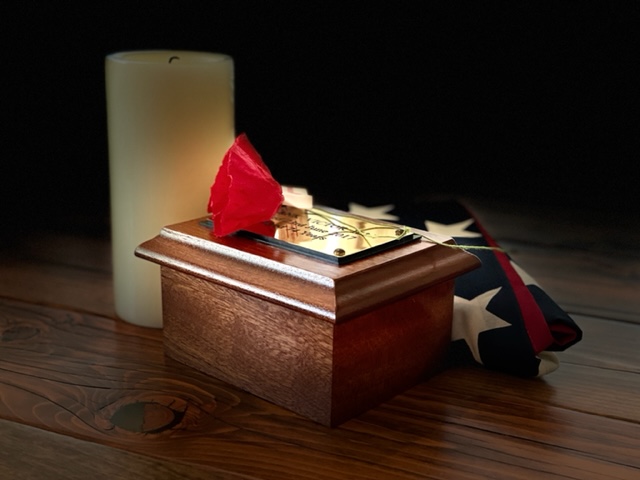
What DO people want to spend money on for a funeral or cremation?
Cheap Cremation, Cheap Funerals, Cremation News, Memorialization Options
January 2, 2025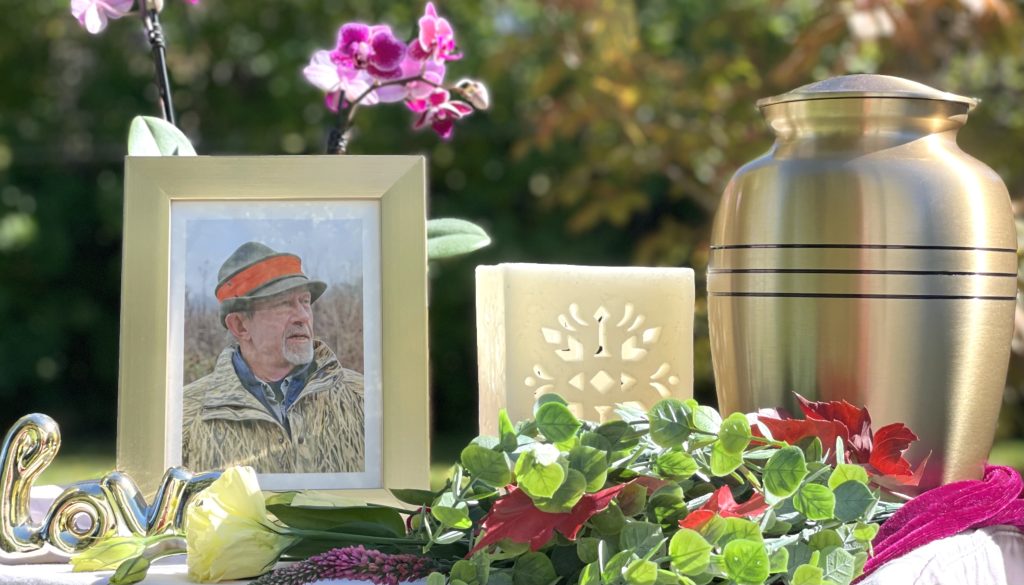

Cremation now the most popular disposition choice for Americans
Cremation News, Direct Cremation, Funeral Planning
June 18, 2024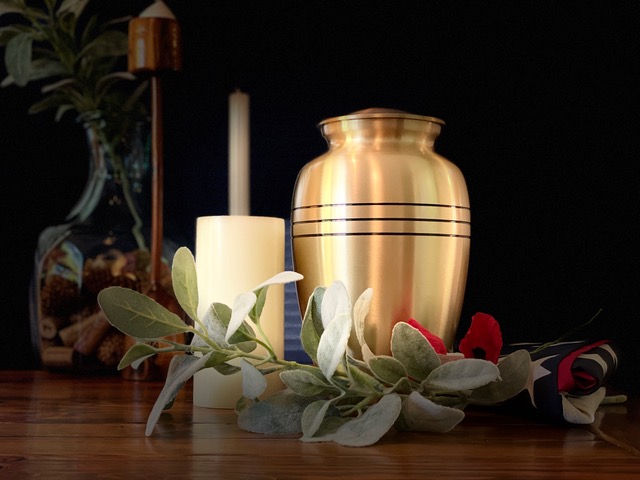
REST IN POVERTY: Is funeral poverty going to be the next social crisis?
Cheap Cremation, Cremation News, Direct Cremation, Funeral Financing, How to Save Money on Funerals
April 27, 2024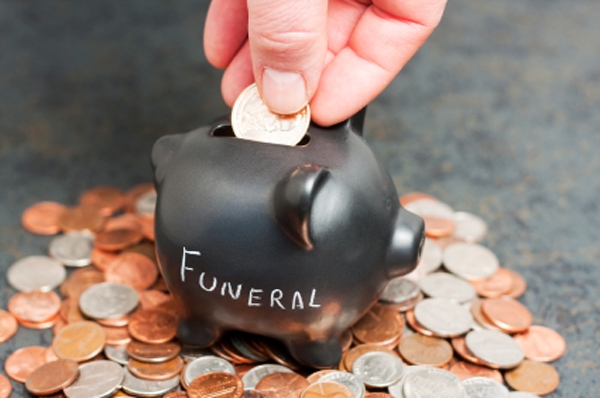
Understanding cremation laws and how they affect arranging a disposition
Cheap Cremation, Cremation News, Finding a crematory or cremation provider
April 21, 2024